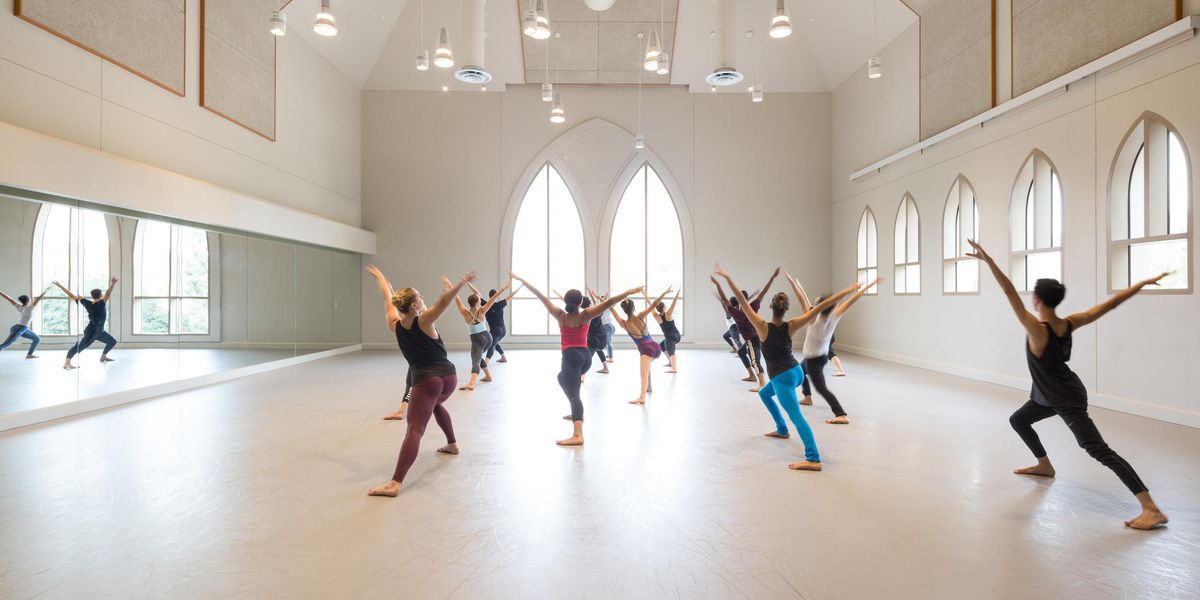10 Minutes With Wayne McGregor
His newest ballet is inspired by an unusual source—writer Virginia Woolf.
McGregor’s work for The Royal will tackle one Woolf novel per act. Photo by Johan Persson, Courtesy ROH.
Though Wayne McGregor’s work is danced by classical companies all over the world, the maverick British choreographer continues to play by his own rules. For Woolf Works, based on the life and work of writer Virginia Woolf, to premiere at The Royal Ballet May 11–26, McGregor has a different kind of three-act ballet in mind—an abstract one. And he’s asked former Royal Ballet and American Ballet Theatre principal Alessandra Ferri, who turns 52 this month, to play the lead.
Will this be a narrative ballet, as many seem to be expecting?
It’s funny, because I never said I was making a narrative ballet! There has been a big resurgence in full-length narrative ballets, and I think we got obsessed with this particular way of telling stories. It’s a brilliant one, but it’s not the only way you can deal with complex emotional situations or multiple narratives. I thought this was a good moment to flex the opera house’s muscles in a new way.
You’re weaving Virginia Woolf’s life and several of her novels together into one evening.
Yes, partly because her biography is so intrinsically linked to some of her seminal works. I’m looking at three novels, in chronological order: Mrs Dalloway, Orlando and The Waves. I want a section for each, so the three acts will feel different. But many scenes reoccur in Woolf’s work: She writes about her novels being haunted by the presence of something else.
How will the movement relate to her style?
The wonderful thing about Virginia Woolf’s work is its sense of incompleteness. Everything isn’t tied together perfectly. She didn’t write conventional narratives, so it would be a bit perverse to try and stage her works as one. There is a connection between her stream of consciousness and the way we, in dance, work with images. And she was herself inspired by dance.
What was her relationship with dance?
She wrote a huge amount about it in her diaries and writings, including critical essays. She was part of the modern group that was influenced by the Ballets Russes in London. She saw works like Nijinska’s Les Noces, which challenged the way people thought about life, and she tried to emulate those experiments of dance in her writing, in terms of rhythm, for instance.
Why did you opt for a new score by Max Richter, who also composed
Infra?
I like working with living artists, because they’re solving the problems as you go. For Woolf Works, we will have a very rich orchestral score and a strong, aggressive electronic language. A lot of Woolf’s writing speaks to the senses, so I wanted to catch that spirit—it might be the sound of waves, for instance, coming from various places in the auditorium.
Why Alessandra Ferri?
I’ve always loved her. She has such a knowing body, that synthesis of amazing acting talent and brilliant physicality. I knew I would learn a lot from her.




